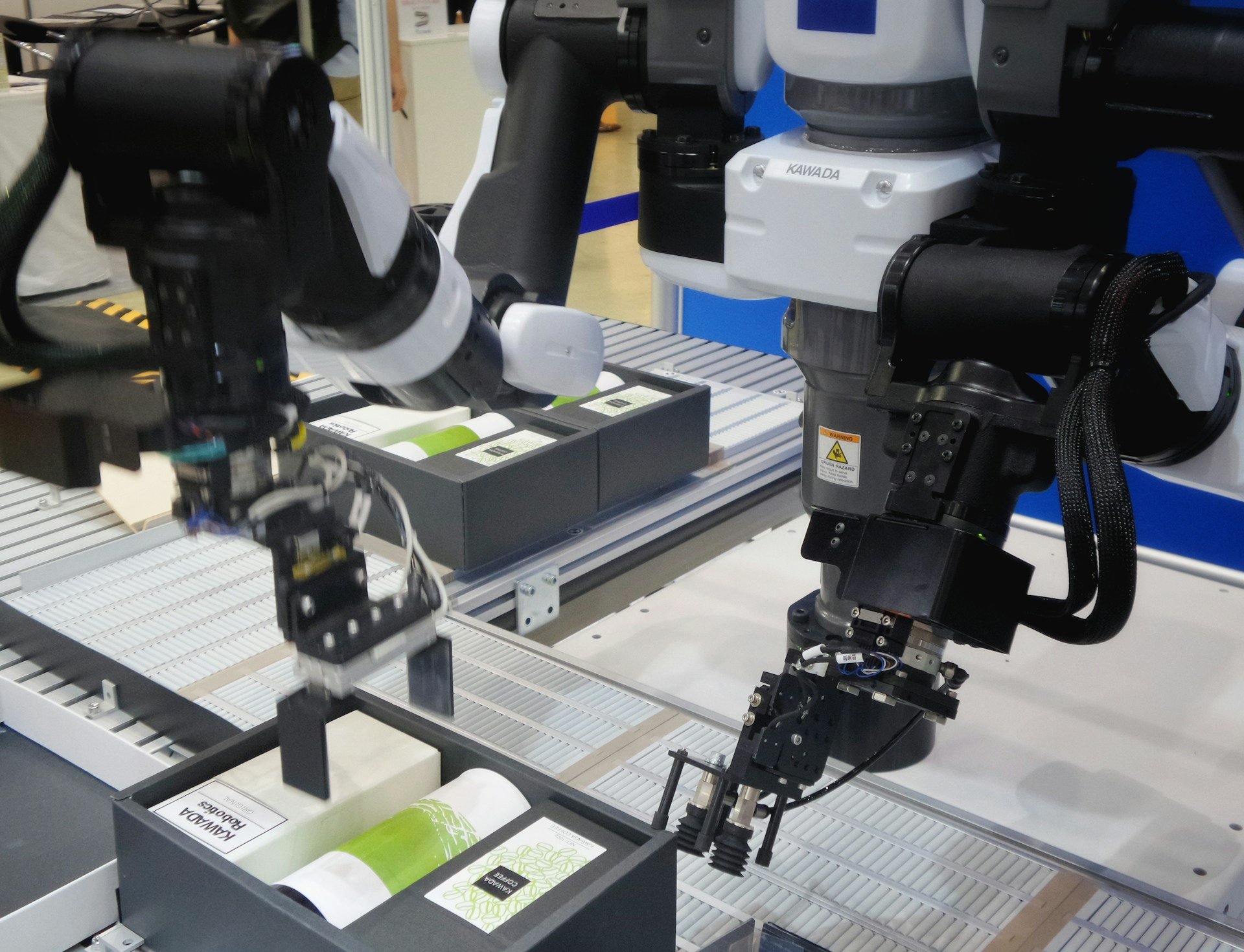Everyone is talking about AI, and for good reason. The emergence and subsequent implementation of LLMs across industries has employers practically raving with excitement, enthralled by the wide range of use cases that AI can address.
However, while employers are thrilled about the emergence of AI, your everyday worker is… well, much less so. As AI has risen in both popularity and utility, workers’ fears of being replaced or otherwise edited out of the job market by technology have simultaneously spiked.
If you’re concerned about the possibility of displacement, you aren’t alone. Change on such a significant level can be frightening, but we want to assure you that there will always be a place for human creativity in the modern workplace.
However, such a significant change will require workers to adapt. In whatever environment you’re in, if AI is not already prominently embedded in your day-to-day workflow, it will be shortly. In this article, we’ll discuss the changes that are likely to come as a result of AI integration, and how you as a worker can prepare yourself to adjust to the brave new world.
Job Security
The problem of job security, as mentioned above, is one of the biggest concerns workers have around AI. As AI provides support to various roles and the responsibilities of those roles shift and change, workers and employers both question how human employees will take priority. On the employee side, the questions that typically arise are:
- How will my job as it is right now change?
- Will I be able to deliver feedback on the new process?
- What can I do to make myself invaluable to my employer?
Let’s take the answers to these questions one by one.
- If your employer is considering using AI, they can tell you exactly what they’re implementing and how your role will change. Most AI enhancements are meant to facilitate your role by removing manual work on your end, not remove your role. Ask them how and why AI will work to your benefit.
- Change leaders know that worker feedback is important, especially if they’re looking to make change stick. Ask your leaders how you can submit feedback, and they’ll brief you on the process.
- The best way to remain relevant is to upskill. Going back to school and obtaining a degree that will allow you to work with AI is a great way to future-proof yourself. Roles like AI Developer, Machine Learning Engineer, and Business Intelligence Developer are all in high demand, and will likely continue to be as AI gets more prominent.
The only way to truly ensure job security is to roll with change; to adapt as the market and its needs adapt. If you’re concerned you may be in a role that is not facilitated by AI, but eliminated, upskilling is your best bet.
Workplace Safety
Another concern often voiced by workers is how AI could be used, purposely or not, in a way that infringes upon their rights. Current worker protection laws don’t account for AI’s capabilities, and employees worry that AI will allow employees to breach their privacy like never before.
While laws that account for the possibilities of AI are still preliminary, lawmakers are beginning to address employees’ issues with the potential misuse of the technology. Laws addressing off-the-clock electronic monitoring, unreasonable quota enforcement, biometric data, and algorithm-based management have been put forward in states like California, New York, and Massachusetts.
These bills were early drafts, more or less, and have not yet passed; however, lawmakers look to fold these protections into future, wider-scope privacy and security bills. In the meantime, check and see if your organization has any regulations regarding using AI-powered technologies safely.
If you’re sharing a workspace with this technology, you can also pursue skills development opportunities to guard your data and your personal safety. Learning how to adjust the UI of your organization’s tech can be a good starting point, as many of these systems have controls in place that will allow you to pre-empt unsafe use.
Discrimination Laws
Finally, we come to the hiring process. If recruiters and HR staff aren’t using a distinct AI tool, chances are they’re using software that has AI-embedded functionality.
However, AI is not by nature objective. Any AI tool you see on the market has been trained by a specific data set, and will therefore be influenced by any biases contained within that data set. Bringing AI into the recruitment process, therefore, can potentially result in organizations unlawfully discriminating against candidates – if they aren’t careful.
For example, researchers have noticed that algorithmic decision-making can negatively impact people with disabilities, screening them out of the hiring process before reasonable accommodations can be discussed. While an unwatchful employer may not even be aware this is happening, the algorithm’s decision clashes with federal equal employment opportunity (EEO) laws and leaves the company liable to a suit.
On the employer side, the resolution is simple; constant, careful screening of the AI’s output to assess for implicit bias. Employers should also provide information about the use of AI in their hiring process; how it’s used, how the algorithm works, and how candidates can appeal a decision made by their robotic assistant.
Conclusion
For employees, staying informed is key. Know your rights by state, and if you believe you’ve been unlawfully discriminated against by AI, don’t hesitate to appeal its decision any way you can. Knowing that AI is a part of the process, educate yourself on the models that recruiters are using, and tailor your resume to your ideal job before you submit. This understanding is and will be key to attaining a job in the near future.
Featured image by Possessed Photography on Unsplash













